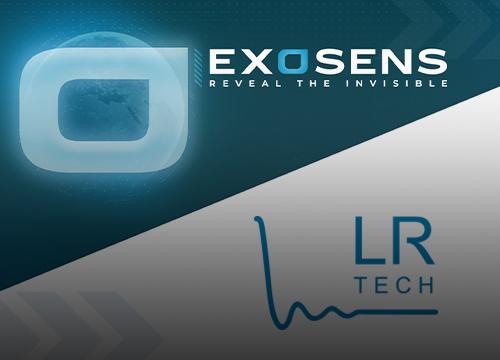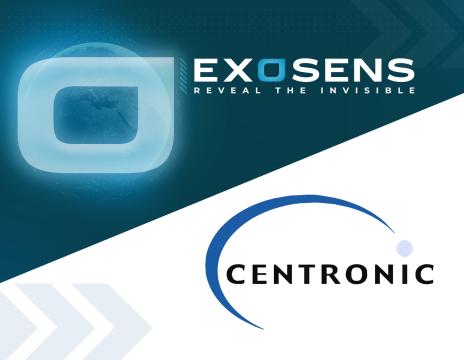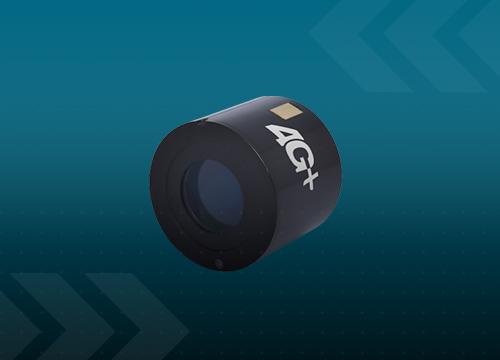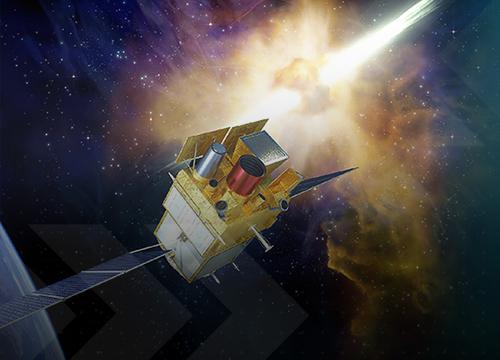
Sep 03rd 2024
H1 2024 Results
Exosens today announces its results for the half-year ended 30 June 2024.

Sep 03rd 2024
Exosens today announces its results for the half-year ended 30 June 2024.

Sep 02nd 2024
Exosens completes the acquisition of LR Tech, leader in spectroradiometer based solutions

Aug 01st 2024
Exosens announces the closing of the acquisition of UK-based Centronic, a specialist in radiation detectors and devices.

Jul 30th 2024
Photonis Showcases Advanced Nuclear Instrumentation Solutions At Utility Working Conference

Jul 29th 2024
Photonis Delivers 4G+ Image Intensifier Tubes To Boost Australian Army Vision

Jul 24th 2024
Exosens achieved consolidated revenue of €186.9 million for the first half 2024.


Jul 08th 2024
Exosens announces the implementation of a liquidity contract with Kepler Cheuvreux


Jun 14th 2024
17th-21st june 2024 - Eurosatory, parc des expositions paris-nord villepinte - hall 6 stand k51
Stay connected
Stay informed and connected to the latest news from Exosens by signing up.